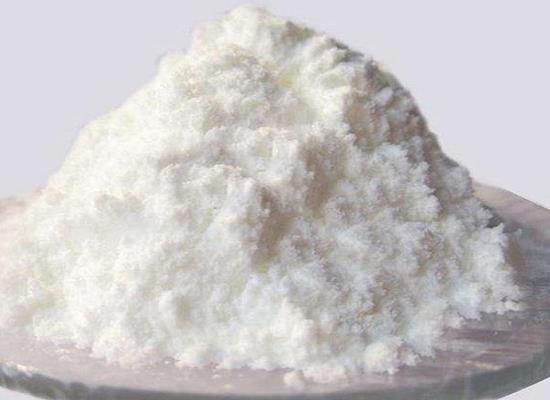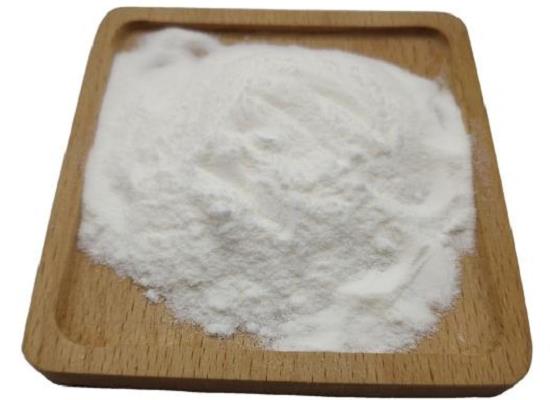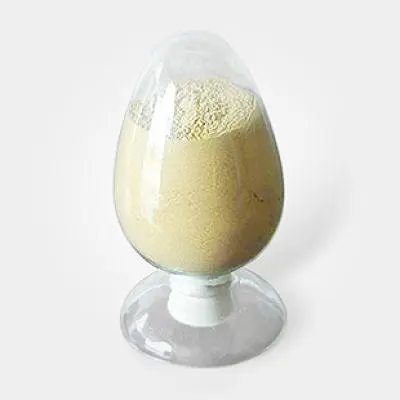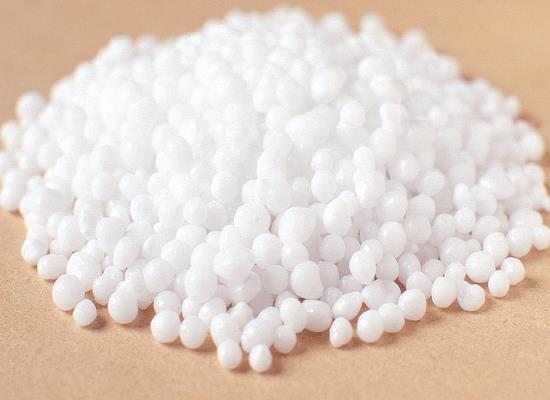2-Naphthol: properties and applications in synthesis of heterocyclic compounds and health risks
General Description
2-Naphthol is a versatile compound with unique reactivity due to its hydroxyl group at the 2-position. It is widely used in organic synthesis for creating diverse heterocyclic compounds such as xanthenes, chromenes, and furans. Its electron-rich aromatic structure facilitates its application in multicomponent reactions for the rapid and efficient synthesis of biologically relevant heterocycles. However, 2-Naphthol poses potential health risks, particularly for children, due to its association with oxidative stress and allergic diseases. Elevated levels of 2-Naphthol have been linked to an increased risk of allergic conditions, emphasizing the need for further research and regulatory measures to mitigate environmental exposure.

Figure 1. 2-Naphthol
Properties
2-Naphthol, also known as β-naphthol, is a chemical compound with the molecular formula C10H8O and a melting point of 122 °C. It is a naphthalene homologue of phenol, featuring a hydroxyl group at the 2-position. This hydroxyl group confers unique reactivity to 2-naphthol, making it a valuable precursor for the synthesis of various heterocyclic compounds in organic chemistry. The molecule's three available nucleophilic sites, namely the C-1 position, phenolic oxygen, and to a lesser extent, the C-3 position, contribute to its versatility in organic synthesis. 2-Naphthol's distinctive properties, including its easy accessibility, handling, moisture stability, and low cost, render it an appealing candidate for organic chemists. Its applications extend to the design and synthesis of privileged scaffolds such as xanthenes, chromenes, oxazines, furans, and naphthopyrans. These properties make 2-naphthol a highly sought-after compound in organic synthesis, offering a wide range of potential applications in the development of novel chemical compounds and materials. 1
Applications in synthesis of heterocyclic compounds
2-Naphthol, also known as β-naphthol, has emerged as a crucial starting material in organic synthesis due to its cost-effectiveness, ease of handling, and environmentally friendly properties. The electron-rich aromatic structure of 2-naphthol contains multiple reactive sites, allowing for its versatile utilization in various organic transformations, leading to the production of diverse organic molecules with significant biological activities. One particularly effective approach has been the use of multicomponent reactions, which have facilitated the exploration of 2-naphthol's synthetic potential in the construction of N/O-containing heterocyclic frameworks. Recent research has focused on summarizing data related to multicomponent reactions involving 2-naphthol as a key starting material for the synthesis of heterocyclic compounds. By leveraging the principles of Green Chemistry, these studies aim to inspire researchers to develop novel multicomponent strategies that enable the rapid and efficient synthesis of biologically relevant heterocycles using 2-naphthol. The diverse applications of 2-naphthol-based multicomponent reactions are used in the construction of bioactive heterocyclic scaffolds. Overall, the unique properties of 2-naphthol, coupled with the strategic use of multicomponent reactions, have positioned this compound as a valuable tool in the synthesis of heterocyclic compounds with promising biological properties. 1
Health risks
2-Naphthol is a hazardous compound that poses potential health risks, particularly in the context of environmental exposure and its association with allergic diseases in children. As a polycyclic aromatic hydrocarbon (PAH), 2-Naphthol is known to be present in ambient air and can enter the body through inhalation or ingestion. Once absorbed, it can lead to systemic effects, including oxidative stress, as evidenced by its positive correlation with 8OHdG levels, which are markers of oxidative damage to DNA. This oxidative stress has been implicated in the pathogenesis of various diseases, including allergic conditions. Furthermore, the study's findings suggest that elevated urine 2-Naphthol levels are associated with an increased risk of allergic diseases in young children, particularly asthma. This underscores the potential health implications of exposure to 2-Naphthol, indicating a need for further research and regulatory measures to mitigate environmental sources of this compound. Overall, 2-Naphthol's association with oxidative stress and allergic disease risk highlights its potential as a significant environmental health concern, especially for vulnerable populations such as young children. 2
Reference
1. Chaudhary A. Recent development in the synthesis of heterocycles by 2-naphthol-based multicomponent reactions. Mol Divers. 2021 May;25(2):1211-1245.
2. Lin TJ, Guo YL, Hsu JC, Wang IJ. 2-Naphthol Levels and Allergic Disorders in Children. Int J Environ Res Public Health. 2018 Jul 9;15(7):1449.
Related articles And Qustion
See also
Lastest Price from 2-Naphthol manufacturers

US $0.00/kg2025-09-02
- CAS:
- 135-19-3
- Min. Order:
- 1kg
- Purity:
- 99%min
- Supply Ability:
- 20tons

US $19.90/kg2025-04-21
- CAS:
- 135-19-3
- Min. Order:
- 1kg
- Purity:
- 99%
- Supply Ability:
- 10 mt





